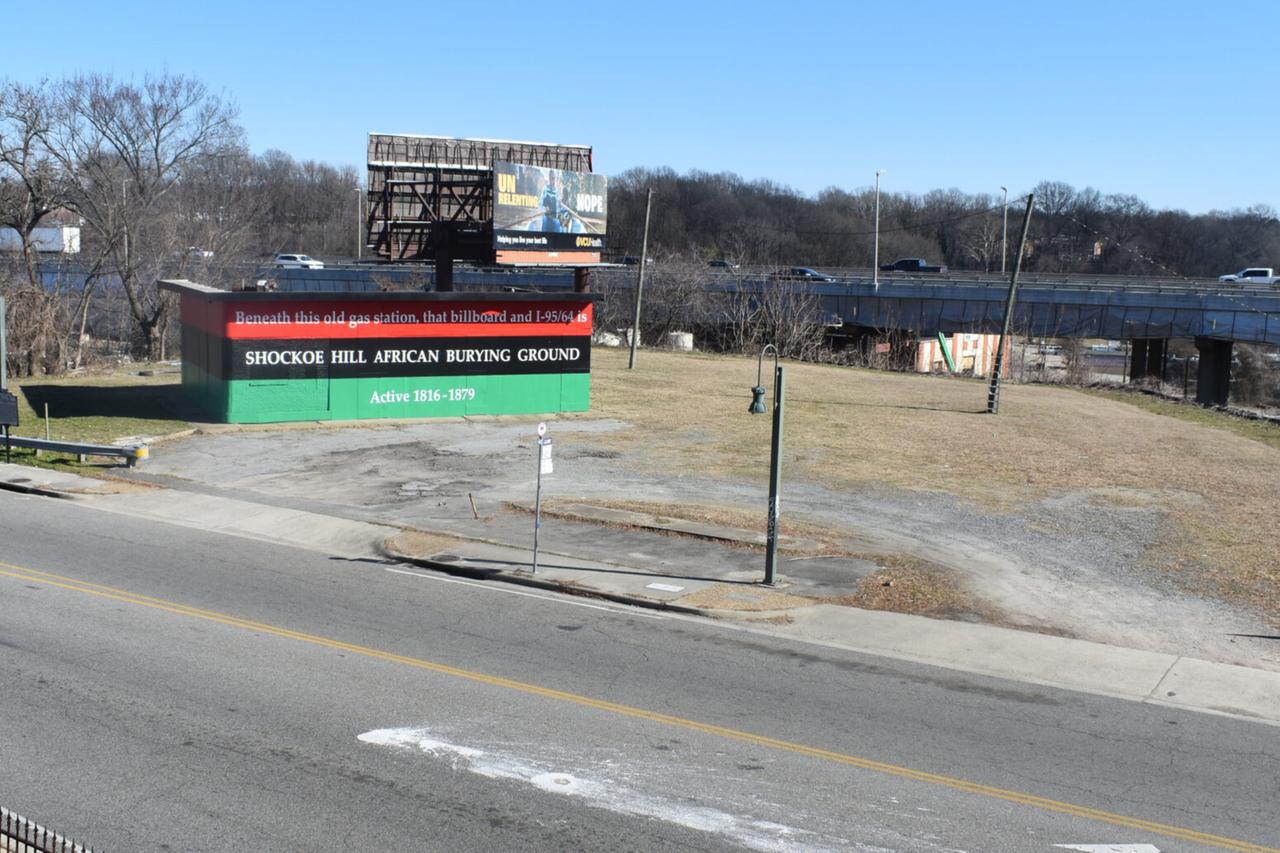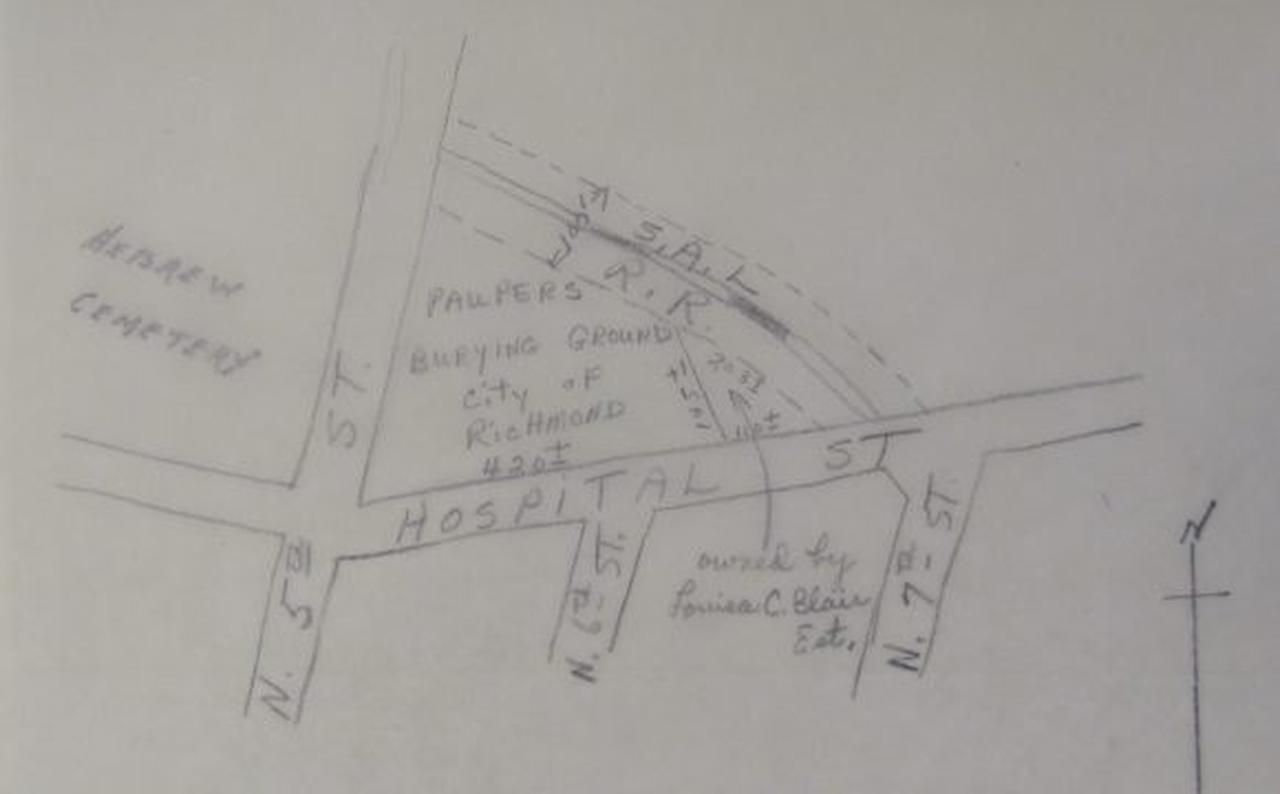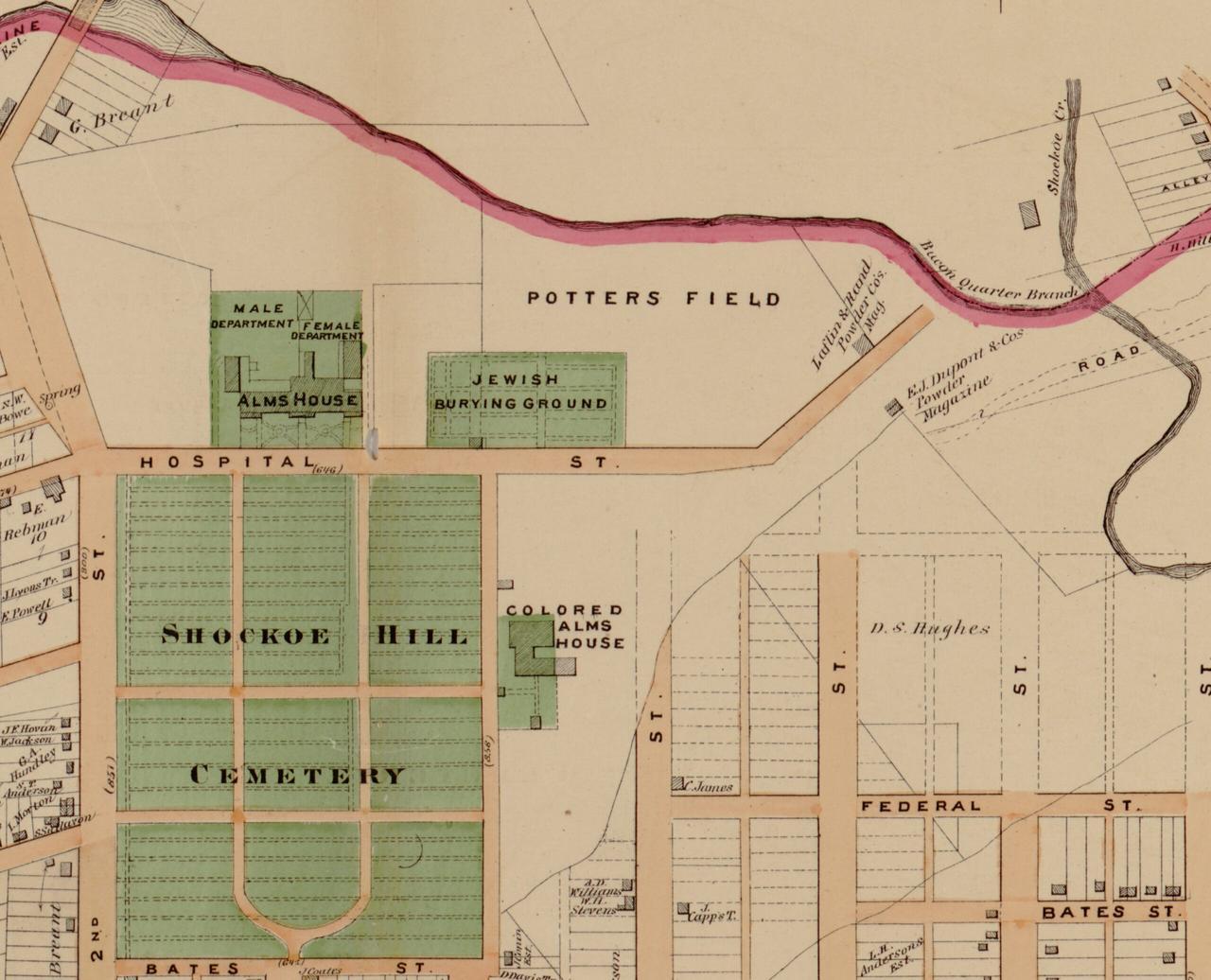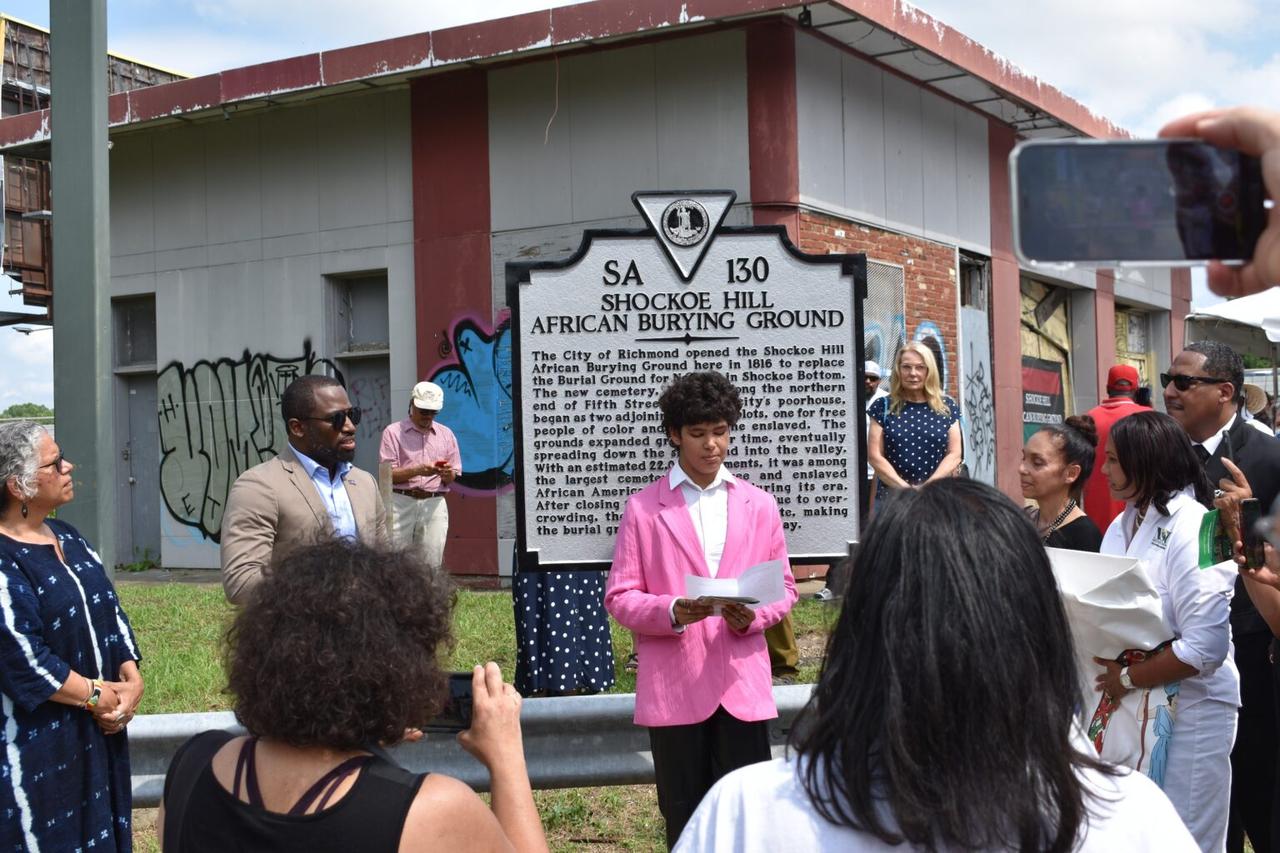
The Shockoe Hill African Burying Ground in Richmond, Virginia—established in 1816 and believed to hold the remains of up to 22,000 enslaved and free people of African descent—now sits amid highways, a deserted auto shop and a power substation.
Across the road, Shockoe Hill Cemetery, created in 1822 for white Christians, remains green and carefully tended. An archaeologist argues that the unequal treatment of African Americans in death mirrors long-standing mistreatment in life, noting that Shockoe was “not… abandoned—it was actively destroyed.”

Researchers highlight how African Americans were often forced to bury loved ones in spaces with few safeguards.
At sites like Shockoe, unmarked graves and minimal maintenance left communities exposed to neglect and vandalism, reinforcing divides that shaped public life.
Public attention surged in 1991 when New York City’s African Burial Ground was rediscovered during construction and was saved through the efforts of African American leaders and scientists.
Similar preservation questions have surfaced at cemeteries in Louisiana, Maryland, and Florida, showing how fragile these places remain.

From the 1830s, medical schools robbed graves for cadavers. As the US Civil War ended, an exploding gunpowder magazine reportedly destroyed part of the cemetery.
Officials closed the grounds in 1879, and projects soon cut through them. A railroad, an elevated highway, and, in 1960, a gas station built on land sold by the city all marked the steady erasure of the site.
Descendant advocate Lenora McQueen—whose ancestor Kitty Cary was buried there in 1857—has led efforts to protect the grounds, working with officials to secure land, raise a marker and mural, and assemble a team to document the site.
Their study emphasized a “cultural landscape,” meaning the traces of human activity that give a place its history and meaning.

In 2022, the Shockoe Hill Burying Ground Historic District was listed on the US National Register of Historic Places—a federal list that brings prestige, grant opportunities and reviews for federal projects, yet offers few guaranteed protections.
The same year, utility lines were installed without consulting heritage authorities. A proposed high-speed rail line could further damage the historic landscape, and even well-intended memorial designs risk harming the site if it is not treated as a cemetery.
Advocates argue that cemeteries do not need famous names or marble headstones to matter; their value lies in the lives they hold and the communities they anchor.
As McQueen puts it, “Burial spaces are sacred.”